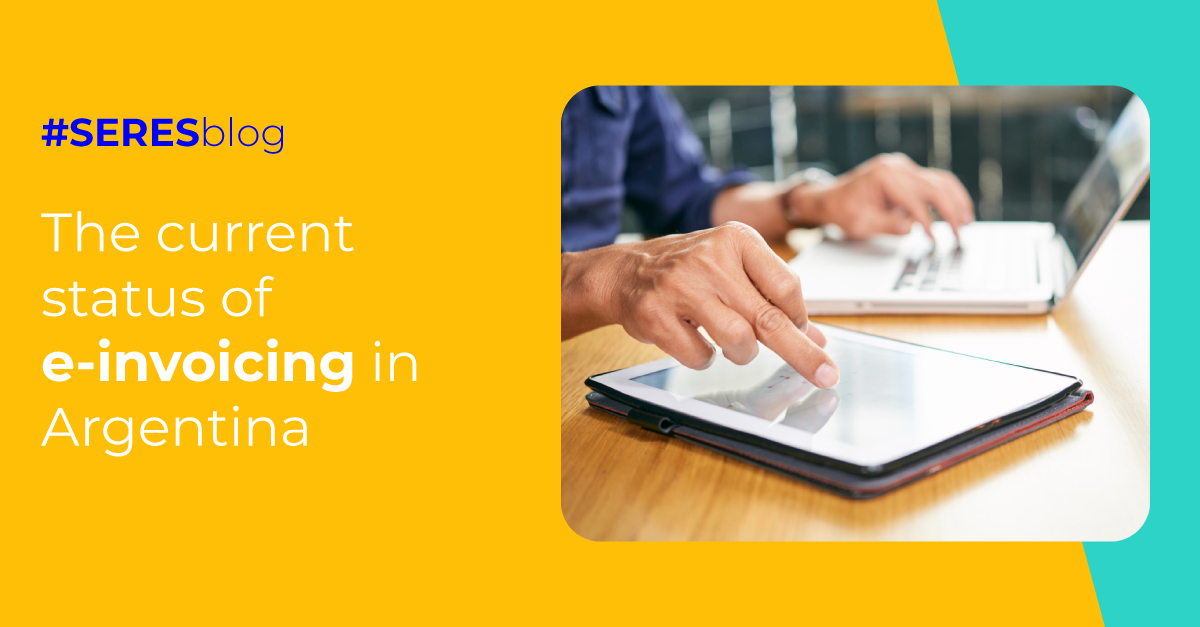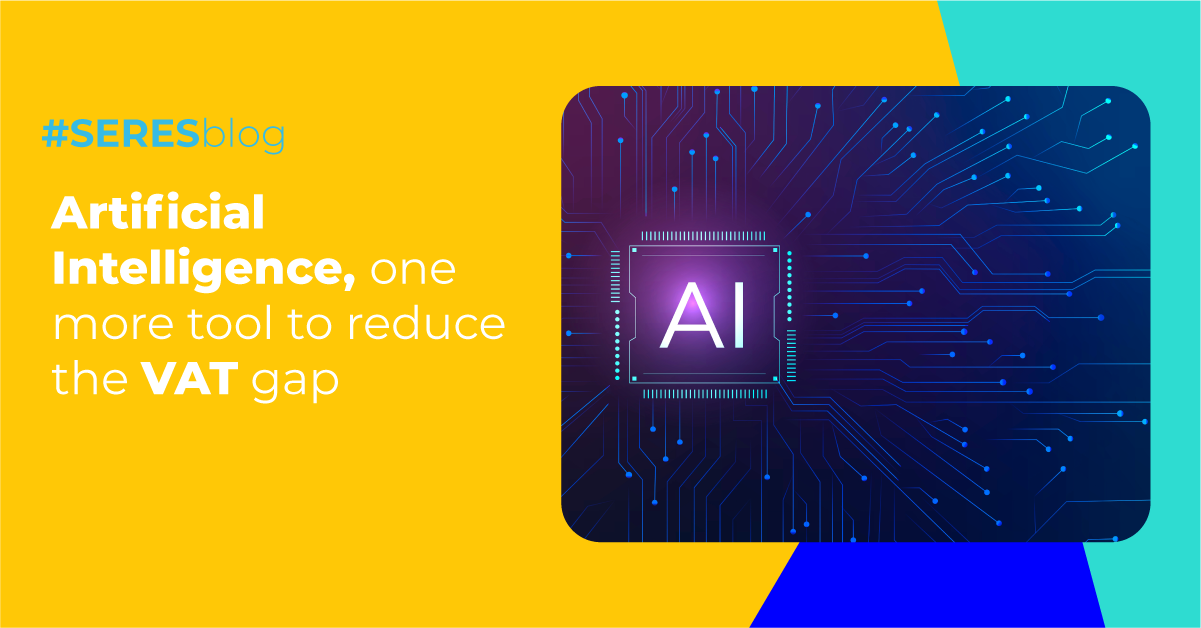Learn how to send electronic invoices in Chile through the SII
Chile was one of the first countries in Latin America to implement e-invoicing. In 2001, the Internal Revenue Service (SII) introduced the e-invoicing system in the country.
It was not until 2014 that the SII published Law No. 20.727, which required different business groups to gradually adopt e-invoicing in Chile.
The introduction of this obligation was a significant catalyst for the growth of electronic tax documents. By 2016, the processing of electronic invoices had already surpassed 88% of the total invoices issued in Chile. In 2017, there were 561,087 registered companies and 2,500,000 million DTEs issued.
As of 1 February 2018, all Chilean companies are required to issue invoices electronically.
Electronic invoicing system in Chile
The publication of Exempt Resolution number 45 on 1 September 2003 enabled taxpayers to voluntarily begin certifying themselves as e-invoice issuers and recipients, and obtain authorisation to operate with e-invoices.
This resolution led to the introduction of the Electronic Tax Documents invoicing system, which covers a series of tax documents in XML format. These are required to record transactions of goods and services, such as invoices, exempt invoices, purchase invoices, invoice settlements, debit notes, dispatch guides, credit notes, export invoices and export debit and credit notes.
B2C e-invoicing in Chile
As of 1 January 2021, taxpayers who were previously obliged to issue electronic invoices were required to issue electronic receipts and tax documents delivered to end customers. This same obligation was extended to those who were not previously responsible for issuing electronic invoices as of 1 March 2021.
How to send an e-invoice in Chile?
It is a legal obligation for taxpayers to register with the Servicio de Impuestos Internos (SII) in order to obtain a digital key and a CAF (Folio Assignment Code). Once this has been done, a delivery document, known as a Guía de Despacho, is created and sent to the responsible authority.
The invoice is then prepared from the ERP and sent to the web service of the Internal Revenue Service. The SII performs a validation of the invoice and then provides a digital signature.
Subsequently, the invoice is transmitted to the client for electronic approval within eight days. In the event of non-approval, the SII conducts an analysis of the situation.
As part of the process, taxpayers are required to submit RCVs, which are monthly files covering purchases and sales. Since 2022, all electronic receipts sent to the SII are automatically completed on a daily basis in the taxpayer's RCV.
The tax office completes draft VAT returns based on the information provided in the e-invoices and other documents. Once the invoice has been approved, the SII issues a Folio Authorisation Code (CAF). To comply with these requirements, taxpayers have the option of using the free invoicing system provided by the SII, developing their own system or contracting the services of an external provider.
It is crucial to highlight that public bodies that do not issue electronic invoices must request authorisation from the SII in order to receive this type of electronic document.

.jpg)

